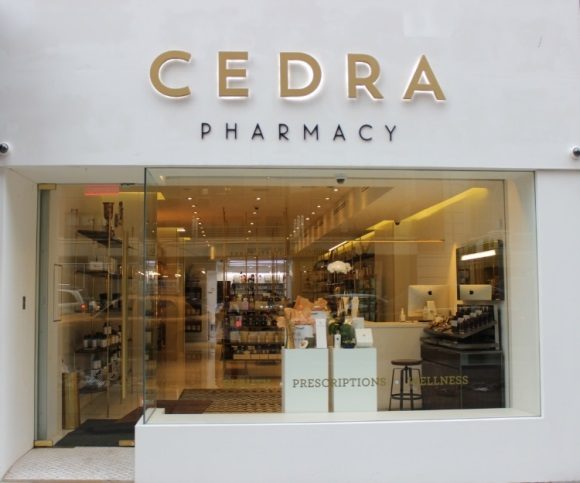With news about millennials and Gen Z dominating the headlines, it is easy to forget about the 50+ consumer. However, despite all the excitement around the potential of youth, the older demographic is currently the prominent consumer in our society.
Often referred to as ‘baby boomers’ due to the increased birth-rate after World War II, they have grown up through a consistent period of growth, they have found themselves in a position where they have a strong grip on the property ladder with a secure pension stashed safely away. While millennials are wondering if they will ever stop renting their homes or how the sharing economy will affect their careers, retirees are wondering how to enjoy the golden years of their lives and where to spend their disposable income.
Although they have money and time to spend, there is a sense of alienation and disillusionment for these mature consumers, as brands and the retail environment have been so insistently focused on youth. For brands that break from this ritual, there is a great opportunity to reach a demographic who are confident in what they want and receptive to those who respect the needs and wants of older consumers.
Our new 5 part article series will focus on the 50+ consumer, understanding 4 key areas within their lives: Lifestyle, Work & Finance, Retail, Leisure, and finally what this means for brands looking to connect with this market. This first article will focus on Lifestyle.
GROWING OLD GRACEFULLY
Traditionally, there has been a strong focus on our culture of youth. Beauty products have been centred around anti-ageing and avidly clinging to the youthful looks, while fashion runways are filled with dresses for young adults who could not hope to possibly afford them. Older celebrity icons and social media influencers are speaking out against the demand to stay eternally youthful and focusing on the concept of ageing gracefully and beautifully, which is helping consumers embrace a new perspective on their own sense of beauty and wellness.
Expanding on the positive sentiment and actively encouraging healthier lifestyles plays to the demand for a more holistic approach to wellness. Ageing gracefully is about being proactive and preventative, nudging customers towards acting, being and staying younger rather than helping them recapture something they have lost.
BRAND EXAMPLE: CEDRA PHARMACY
A US based premium pharmacy who provide a personalised service, tailoring health, beauty and lifestyle products as part of a wellness bundle. They have a vast array of routine check-ups, tests and premium healthcare options, alongside partnerships with lifestyle brands and gyms to provide a whole range of comforts and wellness offerings. Lifestyle offers range from chef-prepared meals delivered to the home, personal trainers and nutritionist consultations. Cedra are shifting the unglamorous affair of medical appointments into an experiential luxury service.
DIGITALLY-AIDED WELLNESS
Older consumers are discovering digital solutions to the various ailments of ageing. Technology is assisting people of all ages to live healthier lives, from managing nutrition and calorie intake to counting steps and encouraging exercise. Older generations are taking advantage of further functionality, such as medication reminders and ‘panic button’ apps which message emergency contacts, or even using community features to overcome issues such as loneliness and isolation.
The other aspect of these tools caters to the growing demand for personalisation. Being able to monitor progression and provide tailored feedback on physical and emotional well-being allows for support and guidance on an individual level. This is opening up more avenues to support networks, allowing elderly users to keep forging social connections, which prevents and alleviate issues such as loneliness and even dementia.
BRAND EXAMPLE: WISE WEAR COLLABORATION WITH IRIS APFEL
Wise Wear has developed a line of luxury bracelets called the ‘Socialite’ collection, which are wearables similar to Fitbit-style products, and include a distress signal for vulnerable users. While none of the features are new, there is a heavy focus on the cosmetic appeal, with interchangeable designs to suit the user. It is the first time this fusion of fashion and technology has taken place, catering not only to the practical needs of users but also their fashion sense and stylistic tastes.
https://www.youtube.com/watch?v=_uDw2Qw7_9g


